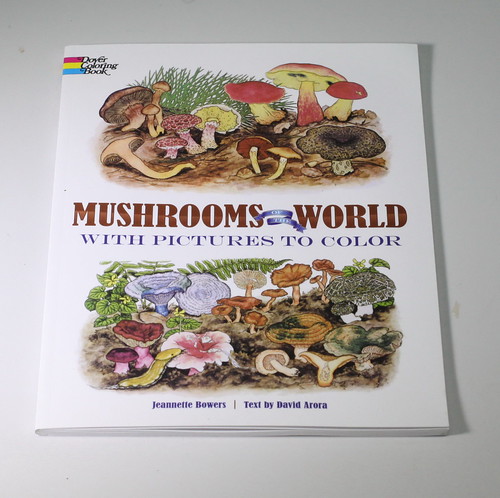Tried to make connection between the traditional crafts and biodiversity studies today, at the International congress of Traditional art and culture in Khanty-Mansiysk, the section on Methods and technologies of reconstruction of the archaeological and ethnographic heritage.
The cause of building such a distant bridge was our interest in fungal dyes and how they could be used by artists and craftsmans in the region. The presentation seems to sparked interest in the audience (few have ever heard about this technology before). I promised our help in ID and any related studies of dyeing species, so hope that there could be some collaborative work in the future. And i was also amazed by how many craft technologies are studied and developed in our region, like weaving, pottery, jewelry, making traditional clothes, rugs and many others.
Our presentation with the report (Pdf) (The benefits of biodiversity studies for the revival of traditional crafts: obtaining natural dyes from mushrooms in Yugra) (in Russian).




